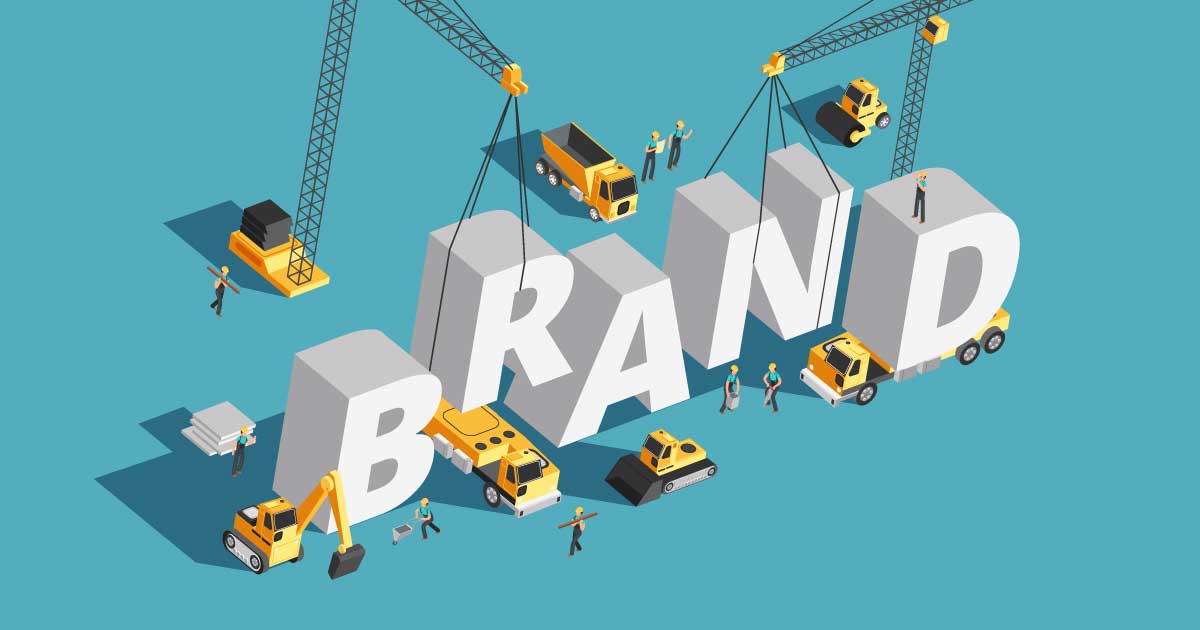Brand Storytelling through Design: How to Communicate Your Values and Mission
From Nike to Coca-Cola, to AirBnb and Dove, most well-known brands have been doing the same thing to keep them on top of their customer’s minds — it’s to tell their brand’s story.
This is unsurprising, as humans are hardwired to like a good story. We grew up listening to fairy tales. We get invested in a TV series or a movie’s story. When we meet new people, we find them attractive if they tell us great stories.
The same holds true for any business, whether big or small. Brand storytelling is the best way to capture your customer’s attention and give them a personal connection to your brand.
So, as a business owner, how can you tell your brand story effectively? One of the best ways to do it is through design. But before diving into that, let’s first explore brand storytelling and why it’s crucial for your business.
What is Brand Storytelling?
Brand storytelling is the use of narrative techniques to create an emotional connection with your audience. Unlike in traditional marketing, where you tell your customers to “Buy your product!” or “This product can solve your X issue!” with brand storytelling, you tell them personal and authentic stories that your customers can relate to and connect with.
Your brand story is essentially who you are as a brand. It tells your customers your beliefs, why you started your business, what you want to achieve, and why customers should interact with you.
With brand storytelling, business owners have the opportunity to communicate their values and missions to their customers without relying on sales-driven methods. In an era where customers demand authenticity and strong values from businesses, brand storytelling is crucial in marketing.
Why is Brand Storytelling Important?
According to renowned author Seth Godin, “Marketing is no longer about the stuff that you make, but about the stories that you tell.”
And it’s true. According to studies, this is because when we hear a story that resonates with us, it releases oxytocin in our body, which is a feel-good hormone. This hormone boosts the feeling of empathy, trust, and compassion in us.
Brands know this, which is why they tap into brand storytelling to build a connection with their customers. Brand storytelling evokes emotion in its audience and makes them more engaged with the brand.
In brand storytelling, your customers are the main character, not your product or service. This is crucial in the modern world, where customers are tired of being bombarded with multiple sales pitches from businesses.
Think of Nike’s “Just Do It” campaigns. Instead of telling their customers that their shoes are the best, they tell you inspiring stories of people breaking boundaries and limits in sports, or stories of athletes and the sacrifice and effort they put in to achieve their goals. All of this strikes an emotional chord in their customer’s hearts, leading to them associating positive emotions with the brand and, even further down the line, driving sales to the business.
The Role of Design in Brand Storytelling
Having a good story and narrative is essential in brand storytelling, but don’t underestimate the importance of design.
This is because design adds an essential factor to storytelling that text can’t achieve. And that factor is speed.
According to studies, people process visuals 60,000 times faster compared to text, and people can get the sense of a visual in less than 1/10 of a second. It’s easier for people to understand your story when you add visuals, so having great visuals or design is essential if you want to drive your point home to your customers.
Design is also used to communicate your message to your customers. This is done through your typography, color palette, and other graphic elements. All of this can be used to inform your audience about what your brand is all about, as well as create an emotional impression on them.
How To Use Design in Brand Storytelling
As a business owner, you can use design in brand storytelling in many ways. Here are some examples:
Logo
Your logo design can be used to summarize what your brand is all about. An example of this is Evernote. Their logo is a green abstract shape that forms an elephant because, as the saying goes, “An elephant never forgets.” It’s a fitting symbolism for a note-taking and reminder app.
Your logo should also be appropriate to your brand identity. An example is luxury brand logos like Gucci and Chanel. Seeing their logo can automatically inspire the feeling of wealth and elegance. While with Baskin Robbin’s colorful logo inspires the feeling of fun and playfulness.
Your brand story and your logo should work together to communicate your message. Choose a fitting and appropriate logo, and ensure that it is also visually appealing to catch your customer’s eye.
Mascot
Successful brands have been utilizing mascots as a way to engage their customers and communicate their brand stories.
Think of Cheetos’ Chester Cheetah, the talking M&M’s, KFC’s Colonel Sanders, Disney’s Mickey Mouse, and the Pillsbury Doughboy. All of these mascots serve to humanize your brand, give your brand a personality, and have a character that people can relate to and like.
Mascots are also great to use in brand storytelling, as they can serve as the “spokesperson” for your brand. You can create videos, comics, or even Facebook Ads with them as the lead actor and have them tell your stories.
The key to designing a great mascot is to think about your brand. If your business becomes a person, what kind of personality and traits will it have? How would they speak, and how would they move?
Photography
Another great way to reinforce your brand story is through photographs.
Let’s take a look at the outdoor gear company Patagonia. Patagonia was started due to the owner’s love of rock climbing and their desire to limit the environmental damage during their climbs. And thus, they created the environmentally friendly clothing brand Patagonia.
This is why all photographs they use on their websites, social media posts, and ads are all action shots featuring people who are doing outdoor activities. They want to share their love of the outdoors with their audience to inspire them to do the same. They are promoting their story and communicating to people that they are not selling a product but a lifestyle.
Just like with other visual elements, your photography should be consistent with your branding. It should accurately reflect the image and message you want to say and work in harmony with your other assets, such as your website, posters, etc.
Final Thoughts
Brand storytelling is all about using the power of story to connect and engage your customers. The great thing about this is that you don’t have to be a big name to do brand storytelling. Every business, whether big or small, has a story to tell its customers.
As a business owner, take a step back and think about why you started your business. From there, you can build on your story to create a powerful narrative that resonates with your customers. Add in an effective and well-designed visual, and it can produce a great brand story that clearly communicates your values and mission to your customers.




